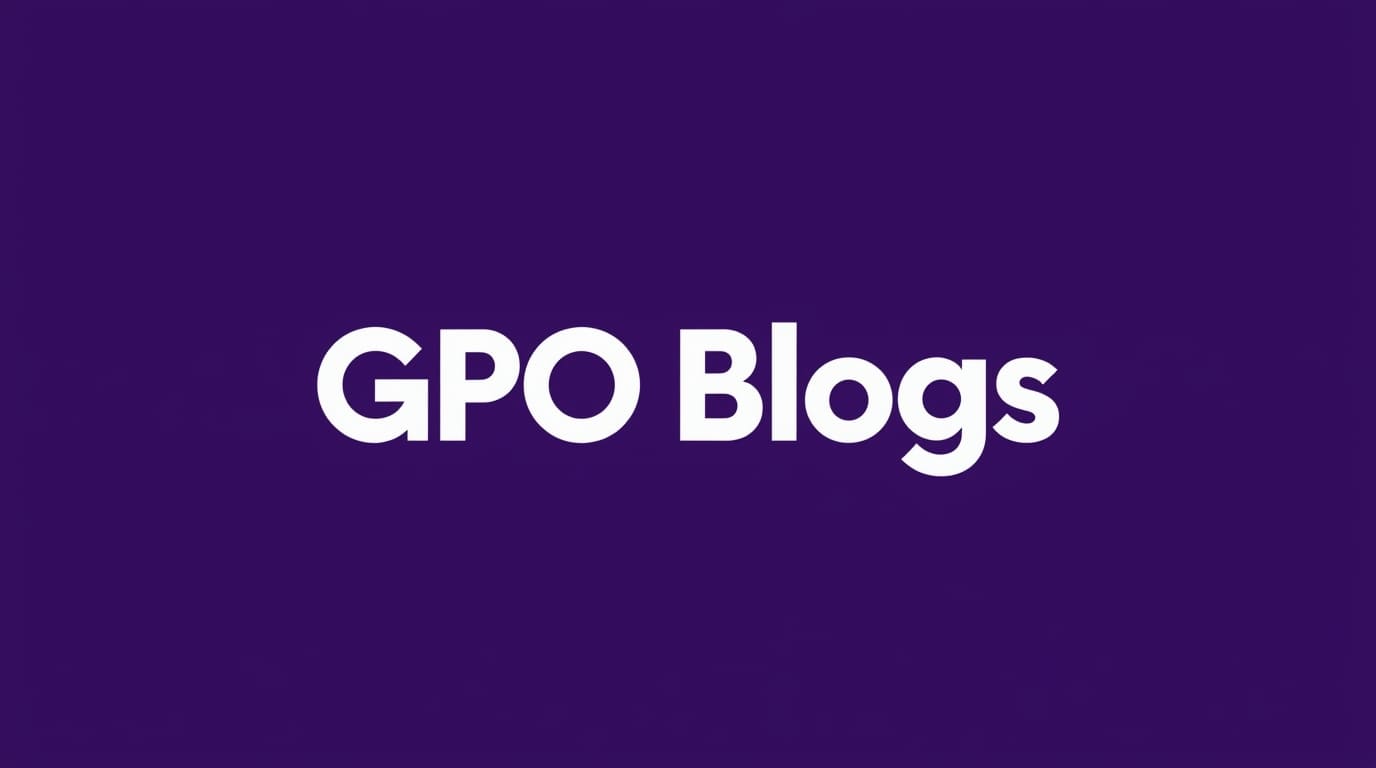What is TAT in Blogging, Sponsor & Guest Posting?

In the world of blogging, sponsored content, and guest posting, one of the most commonly used terms between bloggers, agencies, and clients is **TAT**. Understanding what TAT means and how it impacts collaborations is essential for building trust, efficiency, and long-term success in digital publishing.
What Does TAT Mean?
TAT stands for **Turnaround Time**. It refers to the amount of time agreed upon to complete a specific task—whether it’s publishing a guest post, delivering a sponsored article, or approving and going live with a backlink placement. In simple terms, it’s the expected time between submission and final delivery.
Why TAT Matters in Blogging?
In blogging, TAT plays a crucial role in setting clear expectations between content creators, publishers, and clients. A defined turnaround time ensures:
- Timely Deliveries – Bloggers who respect deadlines build stronger credibility and long-term partnerships.
- Efficient Workflow – Agencies and brands often manage multiple collaborations at once; consistent TAT helps them plan campaigns smoothly.
- Better Reputation – Bloggers who deliver within the promised TAT stand out as reliable professionals.
TAT in Sponsored Posting
In sponsored collaborations, TAT typically refers to the time taken to review and publish a brand’s article or advertisement. Brands often expect fast TAT, sometimes within 24–72 hours, especially during active marketing campaigns. A delay in publishing can result in missed opportunities, seasonal gaps, or reduced campaign effectiveness.
For bloggers, meeting TAT commitments in sponsored posts shows professionalism and makes them more attractive for repeat partnerships. However, over-promising and failing to deliver on time can quickly harm credibility with agencies and brands.
TAT in Guest Posting
In guest posting, TAT is equally important. Writers or SEO agencies pitching guest content usually want to know how soon their post will be reviewed, approved, and published. Some blogs have a fast TAT of 2–3 days, while others may take weeks due to editorial queues.
For guest contributors, understanding a site’s TAT before pitching helps manage expectations. For publishers, clearly communicating their TAT in editorial guidelines prevents misunderstandings and builds stronger relationships with contributors.
Common Issues with TAT in Blogging
- Delayed Approvals – Editors taking longer than promised to review content.
- Missed Deadlines – Bloggers failing to publish within the agreed timeframe.
- Unrealistic Promises – Overcommitting to very short TAT without considering workload.
- Lack of Communication – No updates provided when delays occur, leading to frustration and loss of trust.
Best Practices to Manage TAT Effectively
- Set Realistic Expectations – Never promise a 24-hour TAT if you can’t consistently deliver it.
- Communicate Clearly – Inform clients or contributors about standard publishing timelines.
- Use Editorial Calendars – Track upcoming posts to avoid last-minute delays.
- Update When Delays Occur – A quick update can maintain trust even if the TAT is extended.
- Streamline Workflow – Use automation, templates, or content management tools to speed up processes.
Conclusion
In blogging, sponsored content, and guest posting, **TAT (Turnaround Time)** is more than just a deadline—it’s a measure of professionalism, reliability, and trust. Bloggers and publishers who respect TAT not only strengthen relationships with brands and contributors but also establish themselves as dependable authorities in the industry. By setting realistic expectations, maintaining consistency, and communicating effectively, you can ensure smooth collaborations and long-term success in the blogging ecosystem.
Sarah Chen is an SEO strategist and founder of ContentAuthority Labs. With 12+ years in semantic SEO and expert backlink building, she has delivered 800+ sponsored and guest-posting projects that grew durable authority and demand for 200+ businesses. Her research on contextual consolidation merging overlapping pages to concentrate topical relevance has appeared in Search Engine Journal and other SEO publications. She speaks at industry events and mentors in-house teams and emerging SEOs.